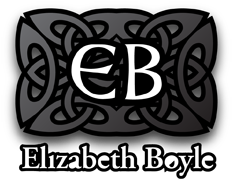Allegory, the áes dána and the Liberal Arts in Medieval Irish Literature
‘Allegory, the áes dána and the Liberal Arts in Medieval Irish Literature’, in Grammatica, Gramadach and Gramadeg: Vernacular Grammar and Grammarians in Medieval Ireland and Wales, ed. Deborah Hayden and Paul Russell (Amsterdam: John Benjamins, 2016), pp. 11-34
The present study briefly considers the vernacular terminology used to describe figurative language in medieval Irish literature, and then offers an analysis of three explicitly allegorical episodes from medieval Irish narrative texts (two in the vernacular and one in Latin) as preliminary groundwork in assessing whether literature which is not explicitly allegorical, but which shares the same images and motifs as explicitly allegorical literature, might also be read as allegory. The three case studies in question provide allegorical depictions of men of learning or of learning itself. This paper suggests that the nature of medieval Irish education, with its focus on grammatica, including enarratio, and, at a more advanced level, exegesis, would have facilitated the exposition of literature on a figurative level, and that this should have significant implications for the way that we read medieval Irish narrative poetry and prose.
